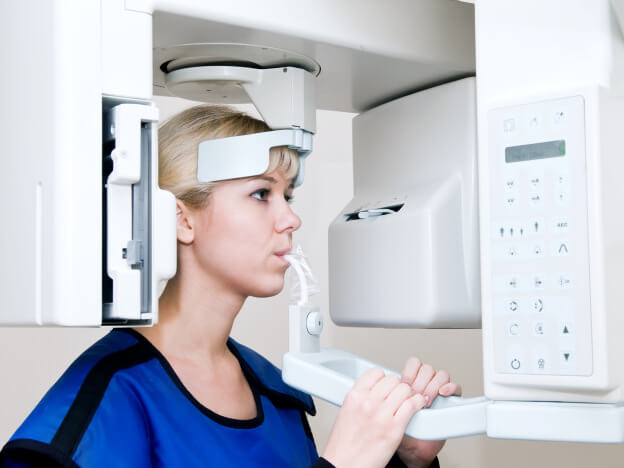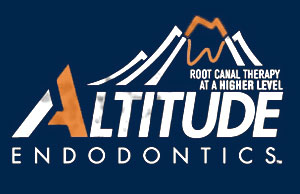Technology
Cutting Edge Technology
At Altitude Endodontics, we pride ourselves on the use of the latest technology to care for our patients. It’s vital for any dental office to stay abreast of the newest treatments and equipment, and Dr. Benjamin Ricketts and his professional staff do just that. We utilize microsurgery, dental cone beam CT scans, dental operating microscopes, digital X-rays, and much more.
Microsurgery
Microsurgery has several advantages, including a lower risk of inflammation, a more natural post-operative appearance, maxim precision for the positioning of sutures, and a faster rate of healing. It has numerous applications in endodontics and offers our patients a better overall experience.

Dental Cone Beam CT Scans
This technology is used when regular dental or facial X-rays are not enough for your endodontist to fully visualize the area in question. Cone beam CT scans produce 3D images of your teeth, thereby allowing your endodontist to see the soft tissues, nerve pathways, and bone. It is not used as frequently as regular X-rays, but when it is needed, it produces a much better image, which helps ensure you get the best treatment.
Dental Operating Microscopes
Dental operating microscopes are designed so that your endodontist can get an optimal view of the area he or she is working on. Additionally, they can maintain a comfortable, ergonomic working position, which allows them to focus on the patient. These are often operated by a foot pedal so that your endodontist can have their hands free for the surgery. They are also a great teaching tool for dental students and technicians because they have binocular heads that allow them to also view the surgery.
Digital X-Rays
In our modern world, everything is digital, including our X-rays! Digital X-rays have several advantages over traditional X-rays. They are easier to access and store since the digital images are immediately transferred to a computer hard drive. That also means they are not subject to degradation over time. Additionally, since there is no need for film, digital X-rays are more cost-effective, but what’s really important is they produce higher quality images. They also expose the patient to less radiation and are far easier to share with your other dentists.


